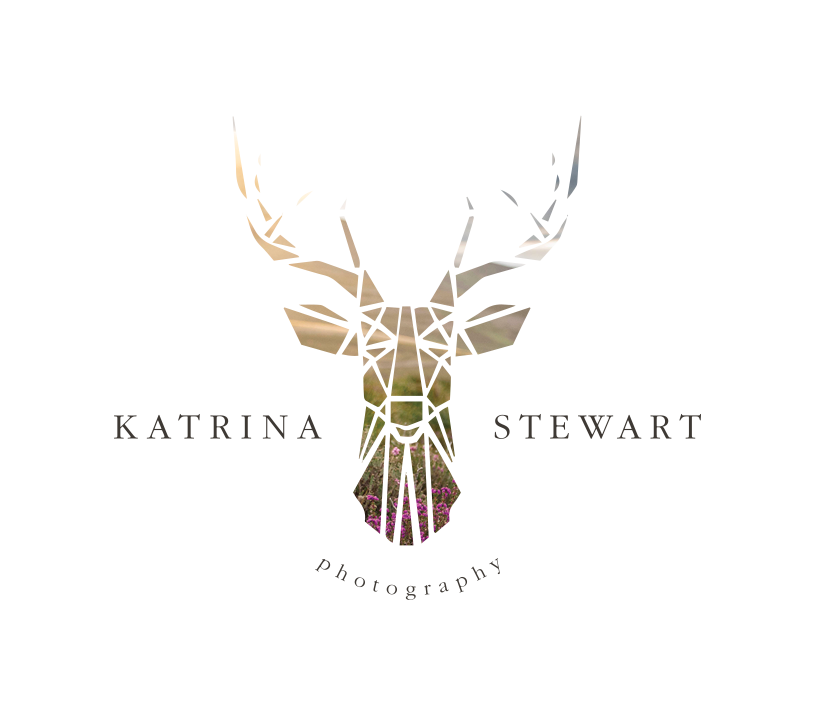Viewing the Aurora Borealis in Scotland
Aurora Borealis above Aberdeen, Scotland
Another huge solar flare and off the charts showing of the Northern Lights in Aberdeen. The show started almost as soon as it got dark and peaked and waned through the evening. The only thing that got me into bed come 1.30am was the fact that I’d drained all my camera batteries.
The aurora borealis over Dunnottar Castle in Scotland.
What’s visible to the naked eye?
There’s been a lot of chat online about what you can actually see when observing the northern lights. My experience has ranged - the more intense the solar activity - the more colour and intensity l see. Both storms this year (specifically the one on May 10th and October 10th 2024) rated very highly on the KP scale. These storms are rare but more likely just now due to the sun reaching a maximum in its 11 year solar cycle.
In the most recent showing, the light show started at about 7.20pm with a band of green to the east. There were white wisps dancing across the sky (which appeared very colourful on the camera). But soon the activity picked up and we began to see a strong pink overhead and to the west. The show waned a bit before picking up again about 10.30pm when a strong pink/red colour appeared in the east again. After midnight, the light intensified. Pinks, greens, reds and purples all visible to the eye and colour in practically every direction you looked. I can’t imagine ever taking in something so beautiful ever again in my lifetime.
For lower rated storms - it’s sometimes only lightly visible to the eye.
The best thing l can recommend is to spend more time in the dark. Get away from all light sources, wrap up warm and let your eyes fully adjust. Once you start, you will become painfully aware of just how much unnecessary lights there are in cities.
How to photograph the aurora
For basic phone settings - check if you have night mode. Hold your phone as steady as possible. I always try and find something to either prop my phone on and set the timer or l place it on something to help steady it and me. If you have a mobile phone tripod - even better. Make sure your phone’s flash is turned off.
For DSLR’s or mirrorless cameras - Shoot on manual. I turn off autofocus and use manual focus - using my screen to zoom in and make sure the stars are in focus. My kelvins are usually set somewhere around 3000. Use a tripod and put your camera on timer to avoid camera shake. Turn off your image stabiliser!








Dance Photography Aberdeen